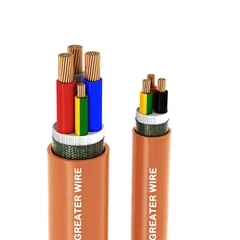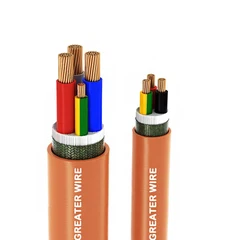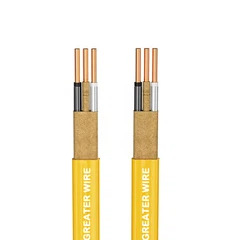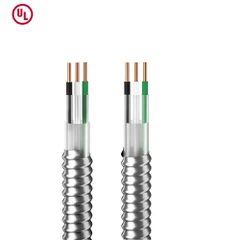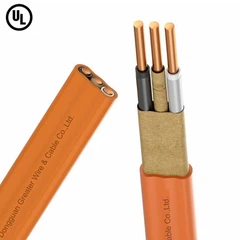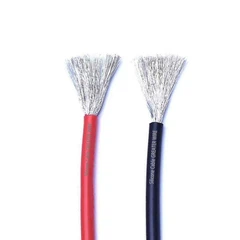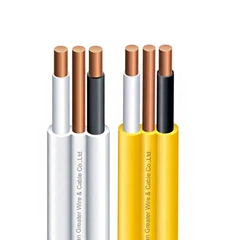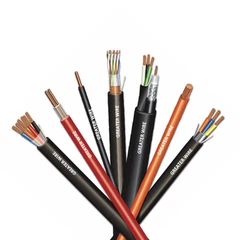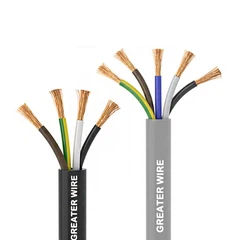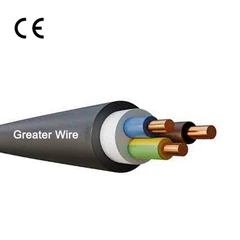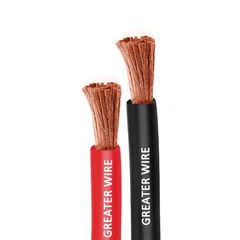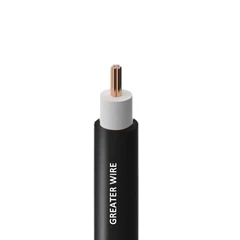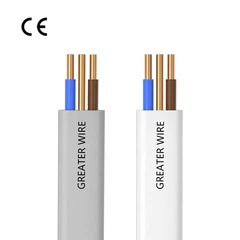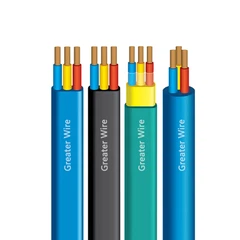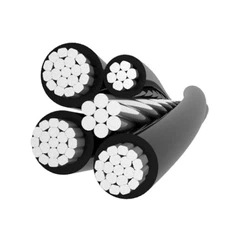1. XHHW Wire Specifications and Temperature Ratings
XHHW wire is defined by its insulation material-cross-linked polyethylene (XLPE)-and its resistance to heat, moisture, and abrasion. According to industry standards, XHHW wire is rated for a maximum operating temperature of 90°C (194°F) in wet or dry environments. However, the XHHW-2 variant, which features enhanced insulation, can also withstand short-term exposure to higher temperatures, such as 150°C (302°F) during fault conditions, without significant degradation.
Key specifications include:
Voltage Rating: Typically 600V, though some configurations, like 2 AWG copper XHHW, are rated for up to 1000V in specific installations.
Conductor Materials: Available in copper or aluminum. Aluminum variants, such as 2/0 XHHW, are cost-effective for high-current applications.
Insulation: XLPE provides excellent thermal stability, chemical resistance, and longevity.
2. Factors Influencing Temperature Resistance
The maximum temperature tolerance of XHHW wire depends on:
A. Insulation Material
XLPE's cross-linked structure enhances its thermal endurance compared to traditional PVC. It retains flexibility at high temperatures and resists cracking, making it ideal for conduits, industrial machinery, and outdoor installations.
B. Conductor Size and Material
Copper Conductors: For example, 2 AWG XHHW copper wire rated for 1000V can handle higher ampacity (up to 130A at 90°C) while maintaining thermal safety.
Aluminum Conductors: 2/0 XHHW aluminum wire, with a lower ampacity (∼115A at 90°C), is often used in utility and service entrance applications due to its lightweight and corrosion resistance.
C. Environmental Conditions
XHHW's water-resistant properties allow it to perform reliably in damp locations, but prolonged exposure to temperatures exceeding 90°C may degrade insulation over time.
3. Applications of XHHW Wire in High-Voltage Systems
A. 600V Systems
XHHW-2 wire is widely used in 600V commercial and industrial installations, such as:
Motor circuits.
HVAC systems.
Underground conduits (due to moisture resistance).
B. 1000V-Rated Copper Wire
The 2 AWG XHHW copper variant, rated for 1000V, is employed in:
Solar farms.
Data centers.
High-voltage power distribution panels.
C. Aluminum XHHW in Utility Networks
2/0 aluminum XHHW wire is favored for:
Service entrance cables.
Renewable energy projects (e.g., wind turbines).
Cost-sensitive large-scale installations.
4. Standards and Compliance
XHHW wire adheres to stringent standards to ensure safety and performance:
UL 44 and UL 83: Certify thermal and electrical performance.
NEC (National Electrical Code): Governs installation practices, including temperature derating in bundled configurations.
Emerging Standards: Recent proposals, such as China's GB/T 25085 for automotive cables, highlight global efforts to standardize high-voltage XLPE-insulated wires, which could influence future XHHW specifications.
5. Comparing Copper and Aluminum XHHW Wires
| Parameter | 2 AWG Copper XHHW (1000V) | 2/0 Aluminum XHHW (600V) |
|---|---|---|
| Ampacity (90°C) | ~130A | ~115A |
| Cost | Higher | Lower |
| Weight | Heavier | Lighter |
| Corrosion Resistance | Excellent | Requires anti-oxidation coating |
| Applications | High-demand industrial | Utility, service entrances |
6. Future Trends and Industry Developments
The push for electrification and renewable energy is driving demand for high-temperature-resistant cables. Standards like ISO 19642-5:2019, which harmonize global specifications for automotive and industrial cables, underscore the importance of materials like XLPE in achieving higher voltage and temperature ratings. Innovations in insulation technology may further extend XHHW's thermal limits.
Dongguan Greater Wire & Cable Co., Ltd. has 6 production workshops working together with extremely high production efficiency. Our R&D team has 12 professionals who focus on optimizing cable performance. Our THHN WIRE, TC-ER CABLE and other products have passed UL83, UL44, UL719 and other certifications to ensure safe and stable operation in various complex environments. In terms of price, due to efficient production processes and large-scale procurement, we can provide American customers with 25% lower prices than local brands, saving costs for your project and improving competitiveness.

